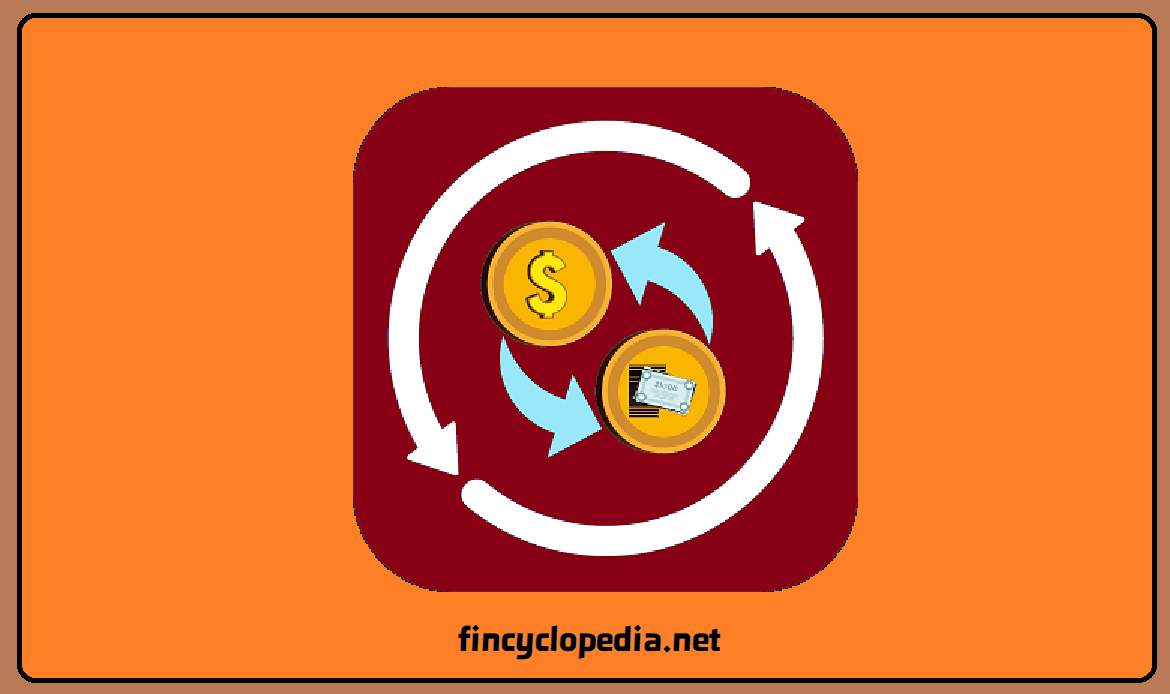The price that is charged by a floor seller in return for giving the floor buyer the right to exercise on some underlying price or rate. In other words, floors are typically purchased for a price (known as the premium) paid by the buyer against the seller guaranteeing that the underlying rate will not drop below a preset level over a specific period of time (the floor’s lifespan). Brokers and counterparties quote floor premiums for interested buyers (such as investors, hedgers, etc). Floor premiums are typically expressed as a percentage of the notional principal amount of a given contract.
The size of a floor premium is determined by a number of factors including: the duration of protection, the relationship of the floor level with the current and expected levels of interest rates (generally, the higher the floor rate, the higher the floor premium and vice versa), and volatility of interest rates (the more volatile interest rates are, the higher the floor premium).
A floor premium is similar to an put option premium as both represents the price the seller (short) quote and charge against conferring on the buyer (long) the right to exercise on an underlying variable.



